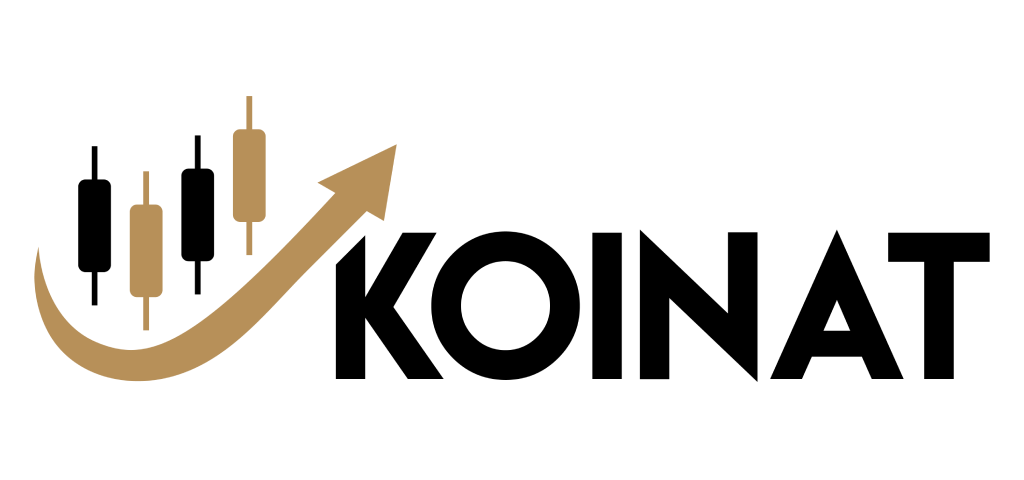
Bitcoin’s price remains stagnant, yet a narrowing Bollinger Bands indicator suggests that a significant price move could be on the horizon.
Bitcoin has been trading within a tight range for weeks, and this trend continues on August 15th. The price of BTC saw a 0.32% decrease, hovering around $29,300 for the day. This ongoing trading pattern is reflected in the BTC/USD range between $28,500 and $30,000 since July 24th.
The current calm in Bitcoin’s price action aligns with decreasing realized volatility and declining trading volumes in the derivative markets. Glassnode data reveals that the 30-day average of Bitcoin’s one-year annualized realized volatility hit a seven-year low of 48.51% on August 14th. Additionally, the 30-day average volumes for Bitcoin options and futures markets have reached their lowest levels since January 2023, at approximately $487.37 million and $16.7 billion, respectively.
The convergence of a flat Bitcoin market and declining volumes indicates a state of uncertainty among traders. Investors are grappling with various market factors, resulting in a short-term bias conflict. Rising expectations for a potential Bitcoin ETF approval in the United States have contributed to maintaining support around $28,500. Conversely, concerns about the Federal Reserve’s potential interest rate hikes have boosted demand for the U.S. dollar.
The U.S. dollar index (DXY), measuring the dollar’s strength against major global currencies, has rebounded by 3.5% from its local low in July. This mirrors Bitcoin’s retreat from its recent high of around $31,800.
From a technical perspective, Bitcoin appears poised for a significant breakout or breakdown in the upcoming weeks. Notably, Bitcoin’s Bollinger Bands are shrinking, a phenomenon often indicative of heightened volatility and a potential escape from the established trading range. However, it’s crucial to note that Bollinger Bands are not predictive of the direction of Bitcoin’s next move.
As Bitcoin continues its pattern of stagnation, the interplay of market dynamics and external influences will determine whether the current lull precedes a period of heightened volatility and price action.
